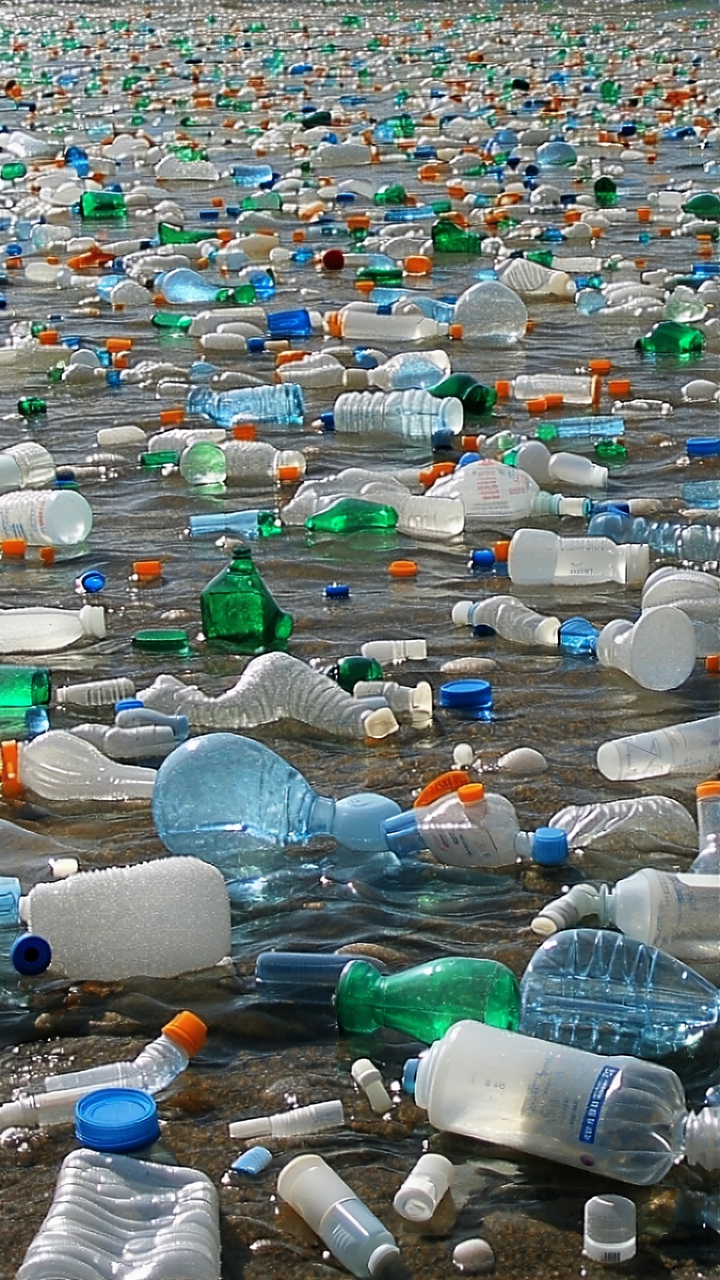Global Plastics Treaty Could Protect Against an Increasingly Toxic Planet
Global Plastics Treaty Could Protect Against an Increasingly Toxic Planet
As the world faces a growing crisis of plastic pollution, a historic opportunity is emerging at the international level. This week, from August 5-14, 2025, representatives from 175 countries are gathering in Geneva for the final session of negotiations on a global plastics treaty, a multilateral agreement that could be as transformative as the Paris Agreement was for climate change. The treaty aims to address the environmental and health risks posed by plastics, which have infiltrated nearly every corner of the planet, from the deepest oceans to human bodies.
Five New Zealand officials are among those attending the talks, carrying a mandate approved in 2024. However, the mandate has been weakened compared to its 2022 version, leaning more toward waste management and recycling rather than the ambitious goal of curbing plastic production. This shift mirrors the influence of the 'like-minded group'—a coalition of nations with vested interests in oil and plastics production, including Saudi Arabia, Iran, Russia, and China. These countries are pushing to limit the treaty's scope to recycling and consumption, opposing measures that would curb the production of plastics and specific, toxic chemicals.
Despite these challenges, a growing coalition of scientists is fighting to ensure that the treaty is as comprehensive and effective as possible. The Scientists’ Coalition for an Effective Plastics Treaty, led by Trisia Farrelly, an associate professor at Massey University and senior researcher at the Cawthron Institute, is advocating for a treaty that prioritizes human and environmental health. The coalition draws on a wealth of research showing the dangers of plastics, including the presence of microplastics and nanoplastics in breast milk, placentas, brains, and even in the air of mountainous regions. These findings are supported by hundreds of peer-reviewed studies, including the Plastics Umbrella Health Review and the PlastChem Report.
One of the key proposals under consideration is the phase-out of

